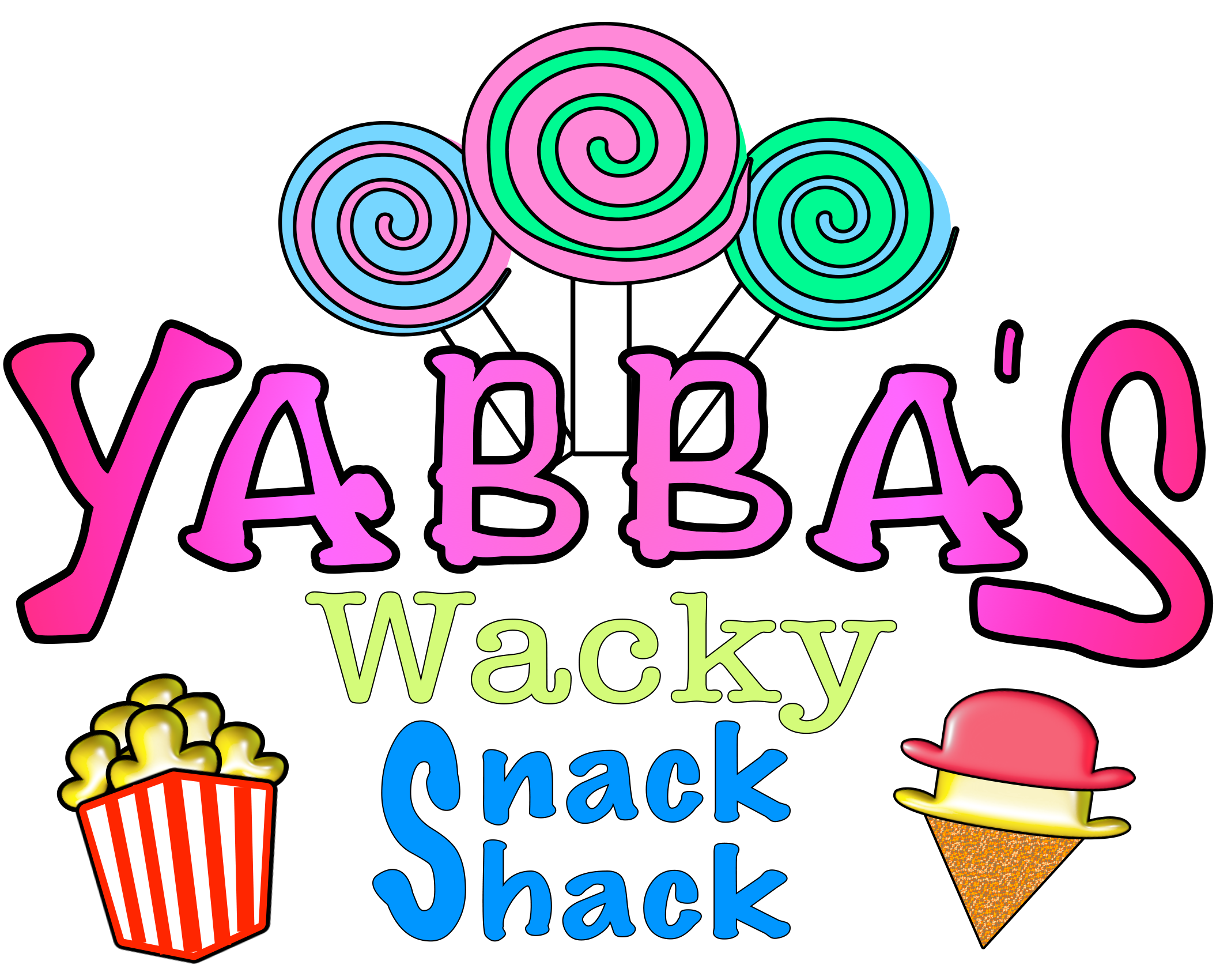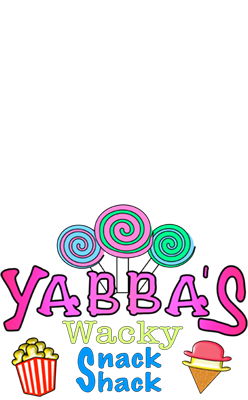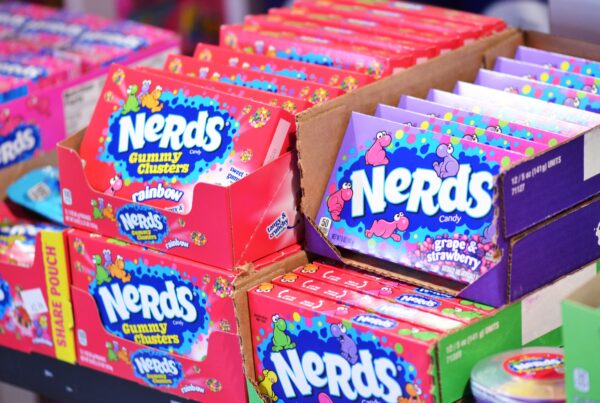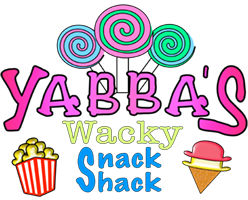From Baseball to Bubblegum Icon
Big League Chew, a bubblegum that has become as synonymous with baseball as peanuts and Cracker Jack, has a rich and fascinating history. It’s a product that has not only survived the test of time but has also become an indelible part of pop culture. Whether you’re chewing it as a nostalgic nod to your childhood or enjoying its sweet flavor for the first time, Big League Chew carries with it a story of innovation, baseball nostalgia, and an ever-growing legacy.
The Birth of Big League Chew
The creation of Big League Chew can be traced back to the early 1980s, when Major League Baseball player Jim Bouton and his teammate, Bob “Boomer” Buhl, had a unique idea. Bouton, a pitcher for the New York Yankees and later the Seattle Mariners, had a history of being a bit of a maverick, even publishing a controversial book, Ball Four, which gave a behind-the-scenes look at life in the big leagues. But beyond his writing, Bouton was about to embark on a different kind of revolution—one that would change the world of chewing gum and baseball forever.
In the 1970s and early 1980s, chewing tobacco was a staple of baseball culture. Many players chewed tobacco as part of their routine, often spitting into cups or bottles while on the field. Bouton, who had seen firsthand how messy and unsanitary this practice was, realized there was a real need for an alternative. His thought was simple: create a product that would mimic the experience of chewing tobacco, but without the harmful side effects.
Bouton, alongside Buhl, came up with the idea of shredded bubblegum that would fit in a pouch, resembling the look and feel of chewing tobacco. The gum would allow kids to experience the same sensation as chewing tobacco but with none of the negative consequences. Their vision was for the product to be fun, accessible, and safe—appealing to a younger generation that admired baseball players but didn’t necessarily want to emulate the unhealthy habits they saw on the field.
The Name and Branding
Naming the gum was just as important as its creation. The product needed a name that was as catchy and exciting as the game of baseball itself. After much brainstorming, the name “Big League Chew” was chosen. It was the perfect fit. The name evoked a sense of professionalism, tying the product directly to the big leagues of baseball, while also hinting at the fun and carefree attitude associated with bubblegum.
The branding was another genius move. Instead of simply packaging it as just another chewing gum, Big League Chew was marketed in a pouch, mimicking the tin used by tobacco chewers. This was not just bubblegum; it was baseball culture in a bag. The pouch, which was initially created to resemble the packaging of chewing tobacco, was a direct way to make the gum feel more “authentic” to kids who had seen their favorite ballplayers chew tobacco on TV.
Big League Chew’s appeal wasn’t just in its name and packaging, but in the connection to the sport of baseball. It became a way for kids to feel like they were part of the game, even if they were just sitting in the stands, watching their favorite players. The association with baseball was a stroke of brilliance, and it helped establish the gum as a cultural phenomenon from the start.
The Rise to Popularity
When Big League Chew was first launched in 1980, it wasn’t immediately clear how big of a hit it would become. However, once it hit the market, it didn’t take long for kids and baseball fans to embrace it. The gum, with its innovative packaging and fun flavor, became an instant success. Its shredded texture made it different from other bubblegums on the market, and the act of “chewing tobacco” with gum quickly became a popular pastime for young fans.
The gum’s association with baseball only furthered its popularity. Kids felt like they were connecting to the sport in a unique way. Whether they were mimicking their favorite player or just enjoying the novelty of the gum, Big League Chew became a symbol of youthful rebellion and baseball fandom.
As the 1980s progressed, Big League Chew began to appear at ballparks across the country. It became a staple in stadium concession stands, right alongside hot dogs and peanuts. The gum was advertised heavily during broadcasts of baseball games, reinforcing its place in baseball culture. It didn’t take long before Big League Chew became an integral part of the American baseball experience, a product that brought fans even closer to the game they loved.
The Flavor Explosion
One of the most significant factors behind Big League Chew’s success was the product’s flavor. The original flavor, which was dubbed “Outta’ Here Original,” quickly became a favorite, and the taste of Big League Chew became just as iconic as its packaging. The soft, shredded gum was perfect for long-lasting enjoyment. Unlike some gums that lose their flavor quickly, Big League Chew maintained its sweetness throughout, making it a reliable choice for kids who wanted to chew for hours.
In the years following its initial release, Big League Chew expanded its flavor lineup. Flavors such as Grape, Sour Apple, and Watermelon were added, giving fans even more options to choose from. These new varieties allowed Big League Chew to keep up with changing consumer tastes, ensuring that the brand remained relevant and exciting for new generations of gum-chewers. Each new flavor carried with it the same sense of fun and nostalgia, maintaining the product’s status as a go-to snack for baseball fans everywhere.
A Cultural Icon
As the decades passed, Big League Chew became more than just a gum brand. It became a cultural icon, representing not only baseball but also the carefree spirit of youth. It was no longer just about chewing gum; it was about being part of something larger. Big League Chew carried with it memories of summer afternoons at the ballpark, of playing little league games, and of spending time with friends and family.
The gum also became a symbol of rebellion, particularly for kids who wanted to emulate their baseball heroes without engaging in the unhealthy habit of chewing tobacco. It gave young fans the opportunity to “chew like the pros,” without the health risks. Big League Chew became a product that allowed kids to feel included in the world of baseball while still being safe and responsible.
Over time, Big League Chew has continued to thrive, adapting to the needs of modern consumers. While it may not be as synonymous with baseball as it once was, it still holds a special place in the hearts of many, from former little league players to those who remember chewing it during the glory days of baseball in the 80s and 90s. The product continues to be a nostalgic piece of Americana, cherished by fans young and old.
Big League Chew and Baseball Today
Despite the evolving landscape of both baseball and the candy industry, Big League Chew has remained a beloved product. As health-conscious trends have grown, and chewing tobacco has fallen out of favor, Big League Chew has maintained its place as a safer and healthier alternative. Many current and former baseball players still mention Big League Chew in interviews, fondly recalling their experiences with the gum during their careers.
Big League Chew is still present in major league stadiums, a testament to its enduring popularity. It continues to be a staple at youth ballgames, little league events, and summer camps, bridging the gap between generations. The gum may have evolved, but it has never lost its connection to the sport that helped make it famous.
The Legacy of Big League Chew
Big League Chew stands as a testament to the power of innovation in marketing and product development. What started as a simple idea—providing an alternative to chewing tobacco for kids—became a cultural phenomenon that has stood the test of time. It’s more than just bubblegum; it’s a piece of history, a symbol of childhood, and a link to the world of baseball.
Whether you remember it from your own days playing little league or have just recently discovered the fun of shredded gum, Big League Chew is a reminder of the joy of sports, youth, and a little bit of harmless rebellion. It’s a product that continues to capture the essence of America’s pastime, and in doing so, it has secured its place in the hearts and minds of fans for generations to come.





